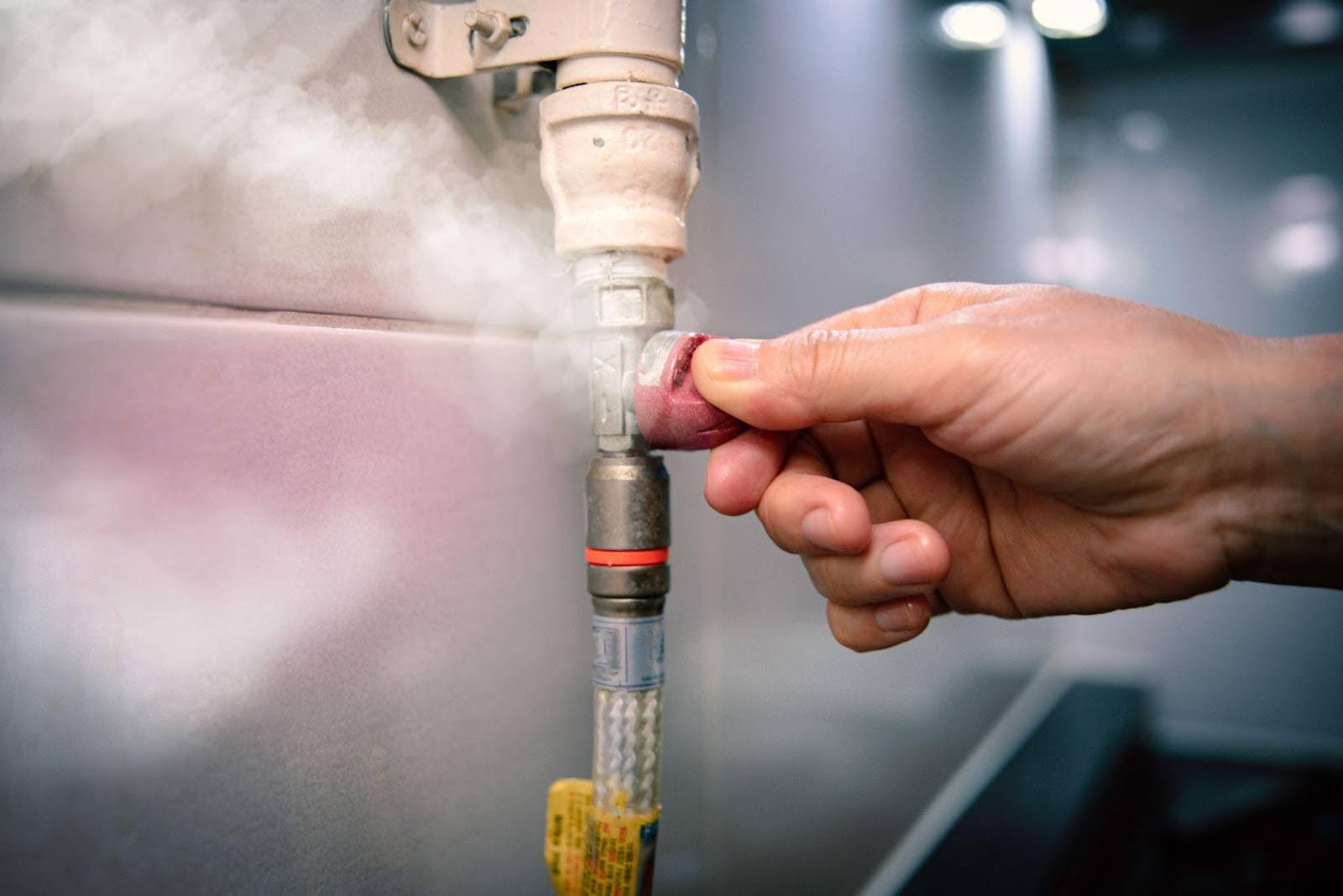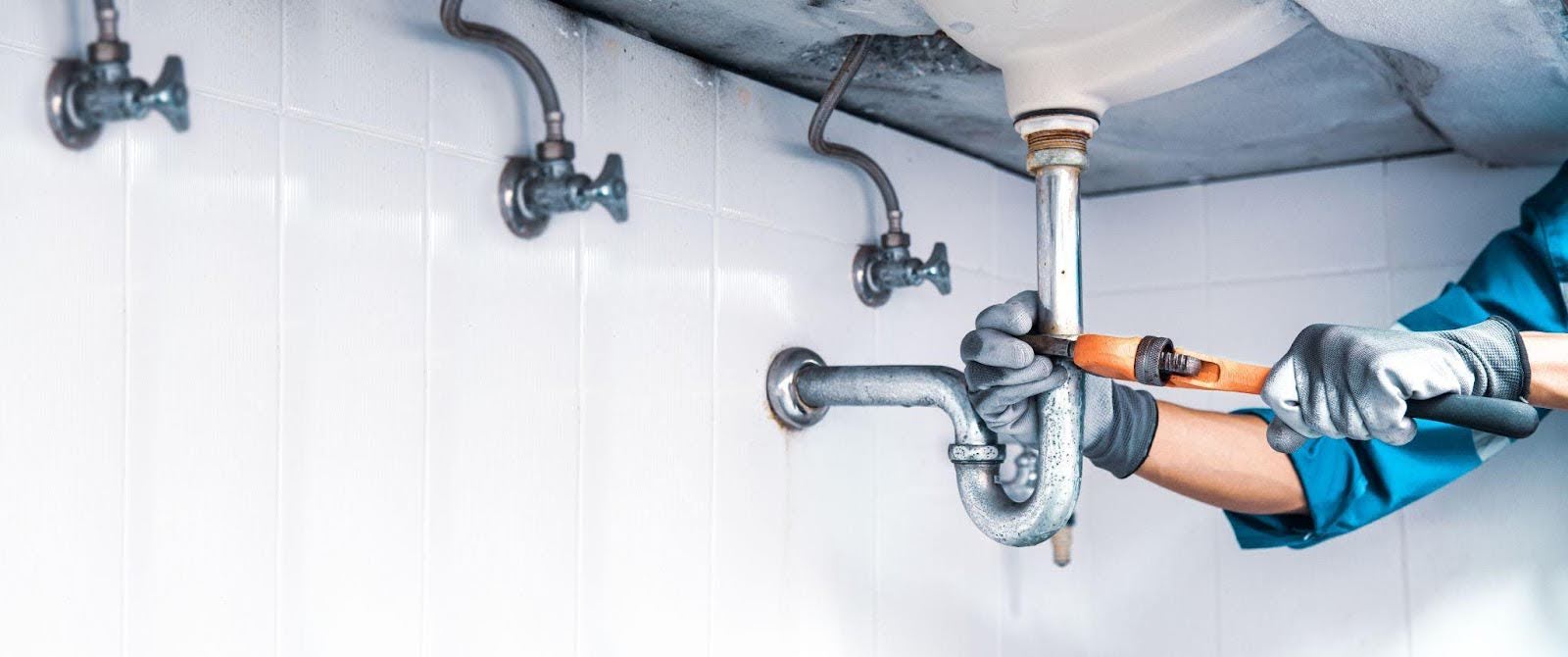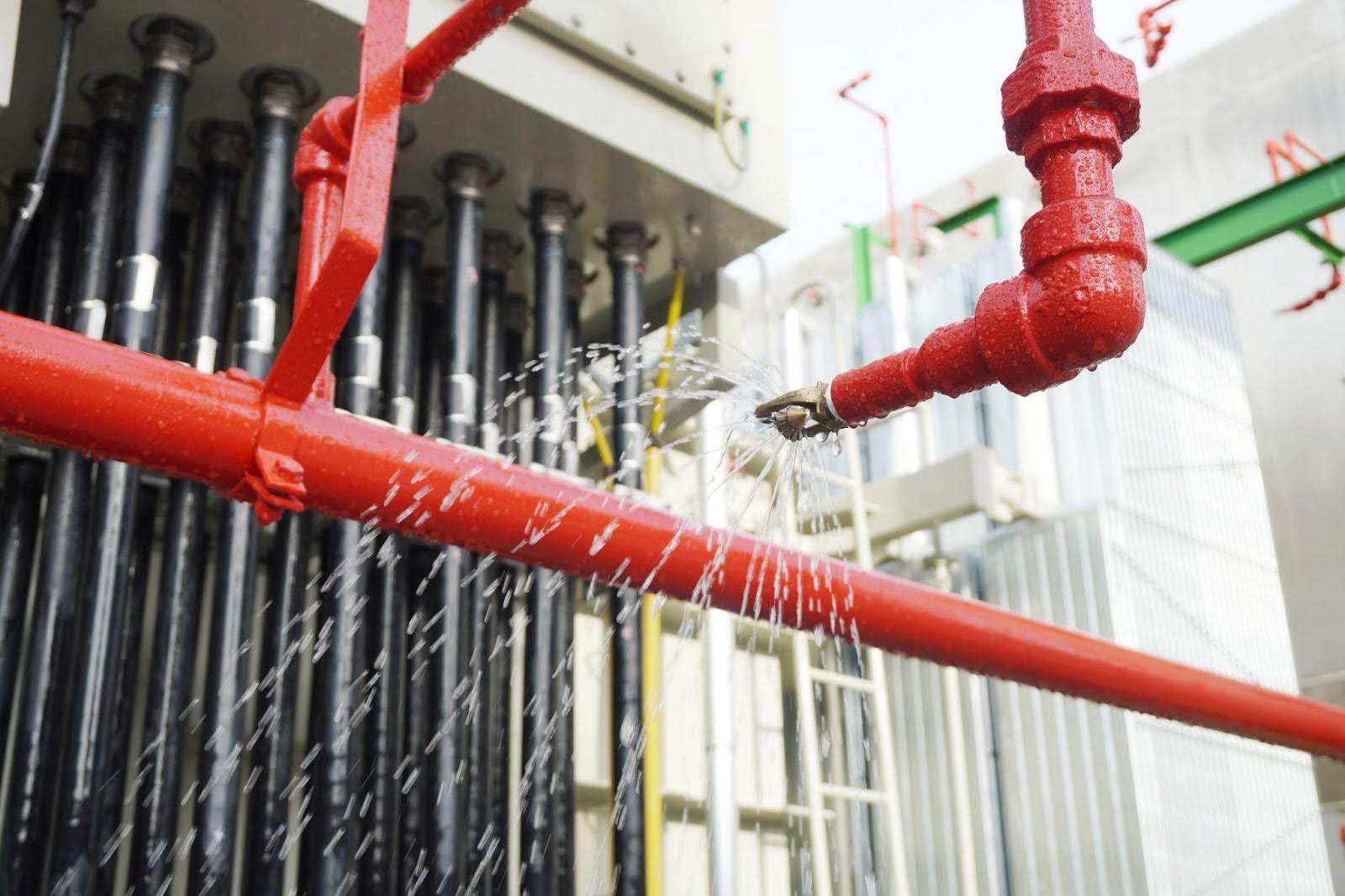A bathtub provides a relaxing escape from daily stresses; however, common bathtub issues like cracks, leaks, and clogs lead to significant damage if left unchecked. Understanding these challenges helps you maintain your tub’s integrity and ensure it remains a source of comfort.
In this blog, we’ll explore practical steps for addressing a broken bathtub, guiding you through assessment, repair, and prevention to confidently restore your bathing oasis.
Common bathtub issues
Cracks and chips
Cracks and chips often arise from daily wear and tear or impacts from heavy objects. Dropping a shampoo bottle or misstepping may create unsightly damage on your bathtub’s surface. These imperfections detract from the tub’s appearance and pose risks.
Cracks expand over time, allowing water to seep into the underlying structure, which may lead to mold growth or deterioration of the material. You should address these issues promptly to prevent them from escalating into more significant repairs.
Leaking
A leaking bathtub creates a cascade of problems for your home. Look for signs such as dampness around the base, water pooling on the floor, or increased water bills. These indicators suggest that water escapes from the tub or the plumbing connections.
You might discover worn-out seals, corroded pipes, or damaged grout as potential causes. Address leaks immediately, as they compromise your flooring and lead to structural damage if left unresolved.
Clogged drains
Clogged drains represent a frustrating yet common bathtub issue for bathtub owners. Hair, soap residue, and other debris often accumulate in the drain over time, leading to slow drainage or complete blockages.
A clogged drain disrupts your bathing routine, causing water to back up and potentially overflow. Prevent clogs by using a drain strainer and performing occasional deep cleans to keep your bathtub functional.
Malfunctioning fixtures
Issues with faucets, handles, and drains create many inconveniences. A dripping faucet wastes water and leads to increased utility bills.
Similarly, a handle that sticks or a drain that won’t open frustrates your daily routine. These problems often stem from worn-out washers, corroded parts, or simple misalignment.
Conduct regular inspections and maintenance of these fixtures to identify and address potential issues before they disrupt your bathing experience.
Initial assessment
Inspect your bathtub for visible damage like cracks, chips, or discoloration. Feel for rough patches indicating deeper issues, and check for water pooling or damp spots that signal leaks. Listen for gurgling or slow drainage, which can suggest clogs, and document your findings for reference when consulting a professional.
Evaluate the severity of the problem. Small cracks or chips might be repairable with a DIY kit, while significant damage or persistent leaks usually require professional help. Watch for warning signs like water stains or warped flooring. If issues persist after initial repairs, contact a plumber.
Identifying the exact problem before repairs proves crucial. Understanding the root cause helps you choose the right repair methods and materials, preventing wasted time and money on ineffective fixes. When in doubt, consult a professional. A thorough assessment sets the stage for restoring your bathtub successfully.
DIY repair options
Temporary solutions
Use a DIY repair kit for small cracks or leaks in your bathtub. These kits contain polymer-based adhesives or epoxy putty. Start by cleaning the area around the crack to ensure proper adhesion, then apply the material according to the instructions. This quick fix helps contain the issue until you can arrange a permanent repair.
Cleaning and maintenance
Perform regular cleaning and maintenance to keep your bathtub in top condition. Address clogged drains promptly with a plunger or drain snake. For stubborn clogs, mix half a cup of baking soda with half a cup of vinegar, pour it down the drain, and flush with hot water after 30 minutes.
Regularly clean fixtures using gentle, non-abrasive cleaners. For stubborn stains, apply a baking soda paste, let it sit, and scrub. Consistent maintenance enhances your bathtub’s appearance and prolongs its lifespan.
Surface repair
For minor scratches or chips, use a repair kit that matches your bathtub’s color. Clean the area, then apply the compound as directed. If dealing with a porcelain tub, opt for a kit with a glaze for restoration.
For larger issues, sand the area lightly and apply a new layer of fiberglass or enamel coating, following the manufacturer’s guidelines. Performing these repairs revitalizes your bathtub and enhances its durability.
When to call a professional
Recognizing when to call a professional plumber is crucial for effectively addressing bathtub issues. If you notice extensive damage, such as large cracks or deep chips, seek help immediately. These problems can worsen quickly and lead to significant leaks or structural integrity issues.
Additionally, if persistent leaks continue despite your DIY efforts, this signals a more complex issue that requires expert intervention. Frequent clogs that regular maintenance fails to resolve could indicate deeper plumbing problems within your system.
Benefits of hiring a professional plumber
Hiring a professional plumber offers numerous benefits, especially for complex repairs. Professionals have the expertise and experience to accurately diagnose issues and implement effective solutions.
They use specialized tools and techniques that resolve problems more efficiently than DIY methods. Professionals identify underlying issues that may not be immediately apparent, preventing future complications and saving you money in the long run.
Importance of using licensed and insured contractors
Always choose licensed and insured contractors for your plumbing repairs. Licensed plumbers have completed the necessary training and adhere to local codes and regulations, ensuring quality workmanship. Insurance protects you from liability in case of accidents during the repair process.
Hiring licensed and insured professionals safeguards your home and ensures that the repairs meet industry standards, giving you peace of mind while protecting your investment in your property.
Salisbury Plumbing — bathtub repair experts!
Maintaining your bathtub is essential for enjoying a relaxing soak. Whether you handle minor repairs or seek professional help, proactive steps extend your bathtub’s life and prevent larger issues.
If you face challenges beyond your skills, reach out to Salisbury Plumbing. Our licensed and experienced plumbers specialize in repairs and maintenance, ensuring your bathtub stays in top condition. Contact us today for a consultation, and let us keep your bathing sanctuary perfect!
daftar situs gacor situs slot togel resmi situs toto situs toto monperatoto kampungbet keluaran hk situs hk toto slot toto slot slot thailand situs slot gacor toto togel toto slot slot online situs toto situs togel bento4d login toto slot situs gacor toto slot toto slot toto togel situs toto data macau bento4d slot gacor hari ini slot gacor






